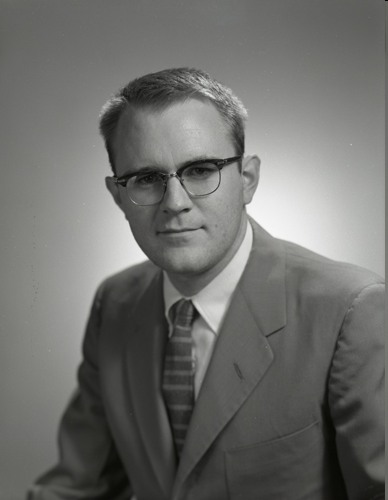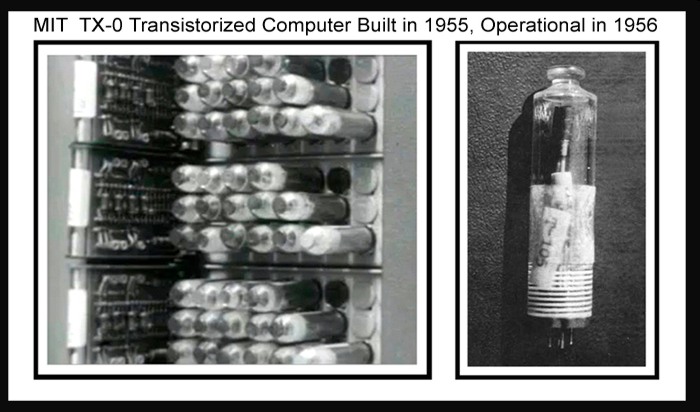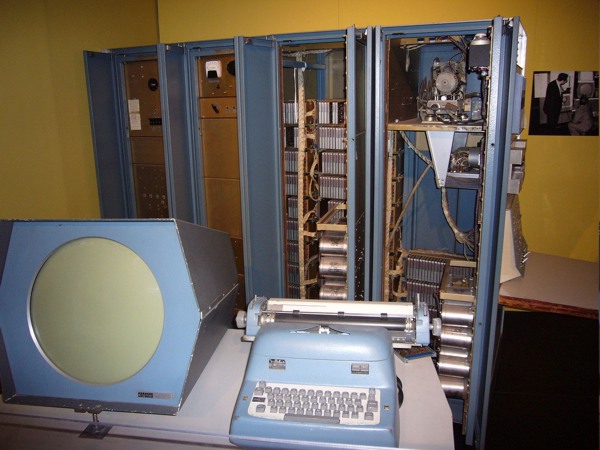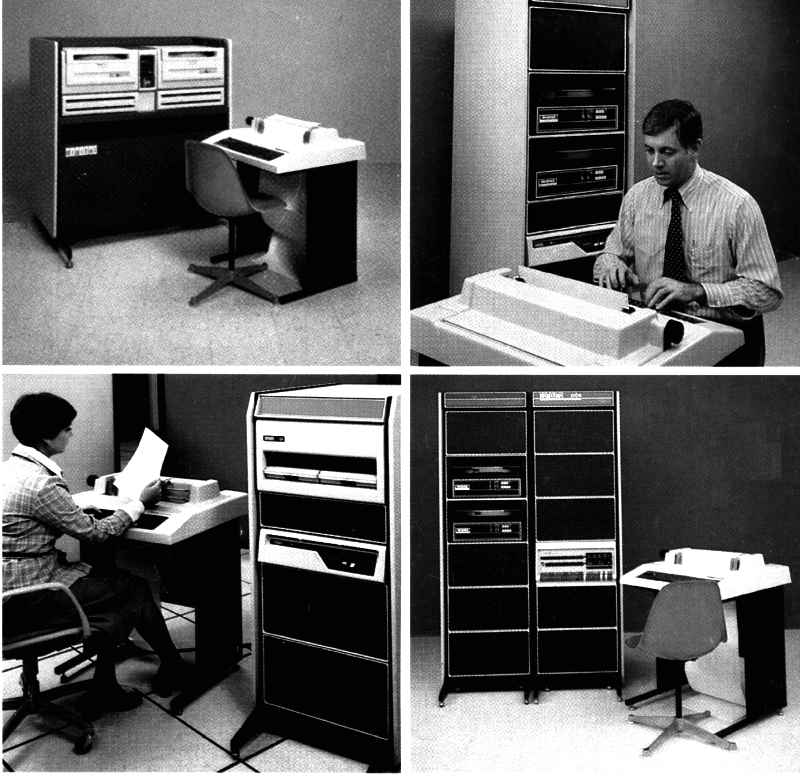| Gordon Bell And DEC - The Mini Computer Era |
| Written by Historian | ||||
Page 1 of 3
Mainframes, especially the really big-as-a-house valve-based designs, had the attraction of heavy engineering and being first. Later micros had the attraction of power in a small and elegant package. This leaves the mini-computers, the forerunners of the micro, slightly out in the cold and unloved. The age of the mini-computer is almost completely ignored in the standard accounts of the development of computing. It is as if the world made the jump from mainframes to micros with only a Xerox workstation in between! Yet it is in the design of the mini-computer we first see some of the features that we regard as essential in a modern computer. It is also the mini-computer that started the trend of bringing computing to the masses. Well, if not the masses, at least they brought computing out of the purpose-built computer rooms to a normal working environment. Just as we tend to ignore the importance of the mini-computer we also ignore the people who built them. Perhaps the most remarkable of these early pioneers is Gordon Bell. Chester Gordon Bell (August 19th, 1934 - May 17th, 2024) Early interest in electronicsGordon Bell was interested in electronics from an early age. His father ran an electrical store in small town in Missouri and he helped out with small jobs such as putting plugs on - eventually graduating to rewiring houses! As an undergraduate at MIT, he studied electrical engineering and worked at a number of large electrical companies as part of his course. However, it was the newly emerging field of electronics that interested him the most. He tinkered with valves as a hobby - building an audio amplifier and took the two modules on digital techniques that his course offered. Back then digital electronics was thought of as not particularly mainstream or useful. Most electronics was analog. In 1957 Bell won a Fulbright scholarship and went off to Australia to study at the University of New South Wales. This gave him a chance to put off the difficult question of what to do for a living. He didn't want to work for one of the big companies. He wanted an opportunity to work creatively on projects. Today he would almost certainly have started a software or hardware company in his garage - but this means of escape hadn't then been invented! His time was spent writing software and giving digital design courses - the first at the university. He also met a fellow Fulbright student - Gwen - who on their return to the USA became his wife. What to do next? The choice presented to him was to work for Philco or to return to MIT to complete a doctorate. He opted to put off joining a company and built a statistical sound analysis meter at the MIT Speech Computation Laboratory, writing the first Analysis by Synthesis program. It was suggested that he might like to work with the TX-0, the first in a line of mini-computers designed at MIT.
Following on from the sound analysis meter Bell decided to add speech analysis and recognition hardware and software to the TX-0. The task was next to impossible given the state-of-the-art at the time. He realised that it would take tens of years to achieve something that worked and this gave it the status of pure research rather than the engineering that he liked. DEC and the PDP-1As luck would have it there were engineering challenges a plenty right on his doorstep. Kenneth Olsen, another MIT graduate, had started a small company called DEC, standing for Digital Equipment Corporation, to build modules to work with the TX-0. Bell had used some of these modules and knew the TX-0 well and DEC's products. In 1960 he joined DEC to do - just about everything - programming, architecture and detailed digital design. In the 60s "full stack" really did mean everything from the bare metal to the high-level language. DEC's aim in life was to build smaller more affordable computers and this is exactly what they did with the PDP-1 - one of the first commercial machines to use transistors. So daring was this approach to computing that DEC didn't want to risk ridicule by calling their new machine a computer - instead they called it a Program Data Processor, hence PDP.
It was big for a mini-computer - four 6 foot tall cabinets - and by our standards it wasn't very powerful and it wasn't very cheap. Even so at $120,000 it was a good choice as a laboratory machines compared to the alternative of renting a larger machine from IBM. Sales of the PDP-1 were slow at first, but eventually picked up enough for DEC to build further machines. One stroke of luck was its use by ITT as a communications switch. Bell worked on the special hardware needed and is credited with the design of the first UART - Universal Asynchronous Receiver Transmitter. The UART is the basic component that turns the parallel data into a serial bit stream and, more difficult, turns the serial bit stream back into parallel data.
<ASIN:B01DT2DH3C> |
||||
| Last Updated ( Friday, 24 May 2024 ) |




